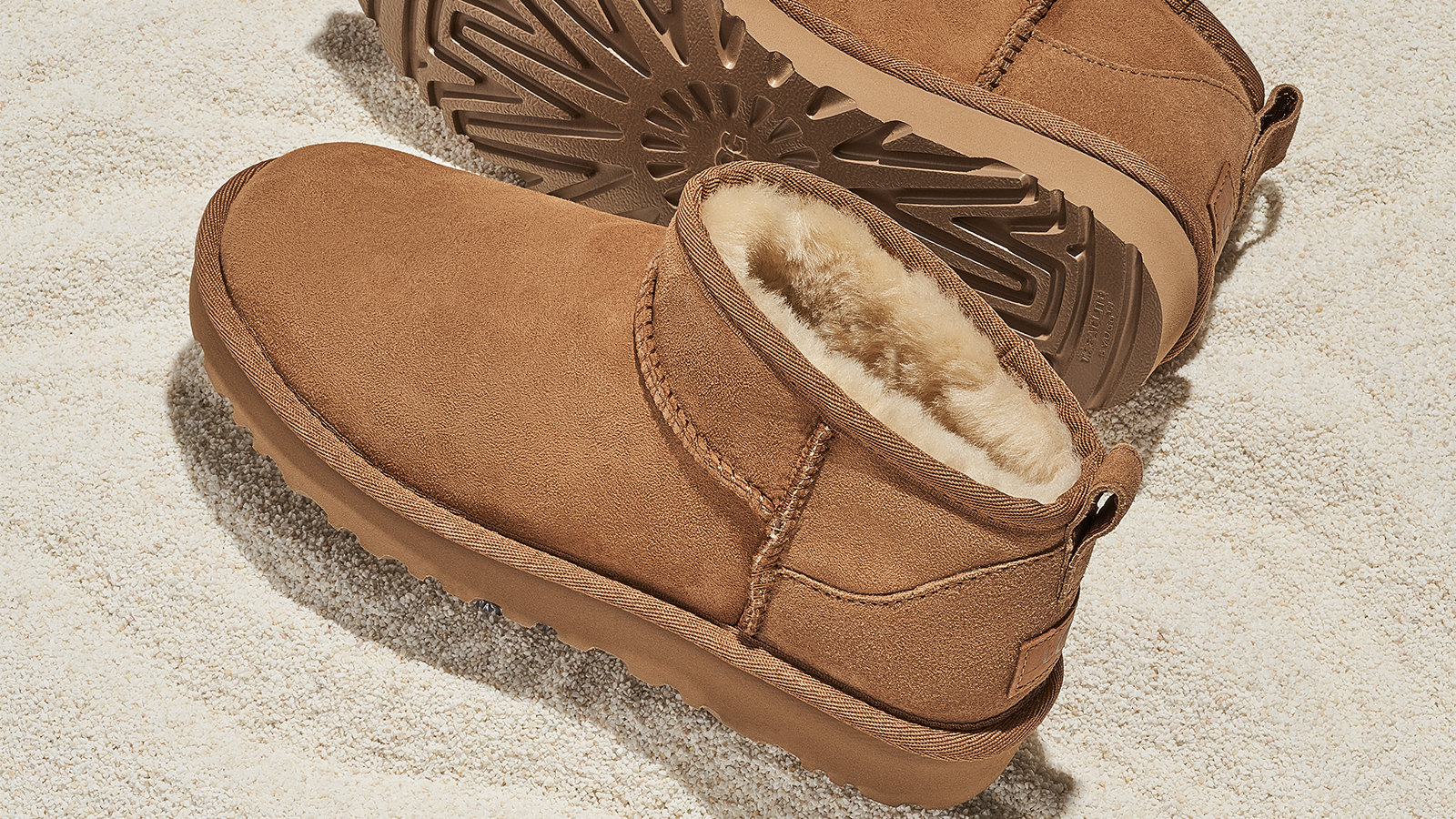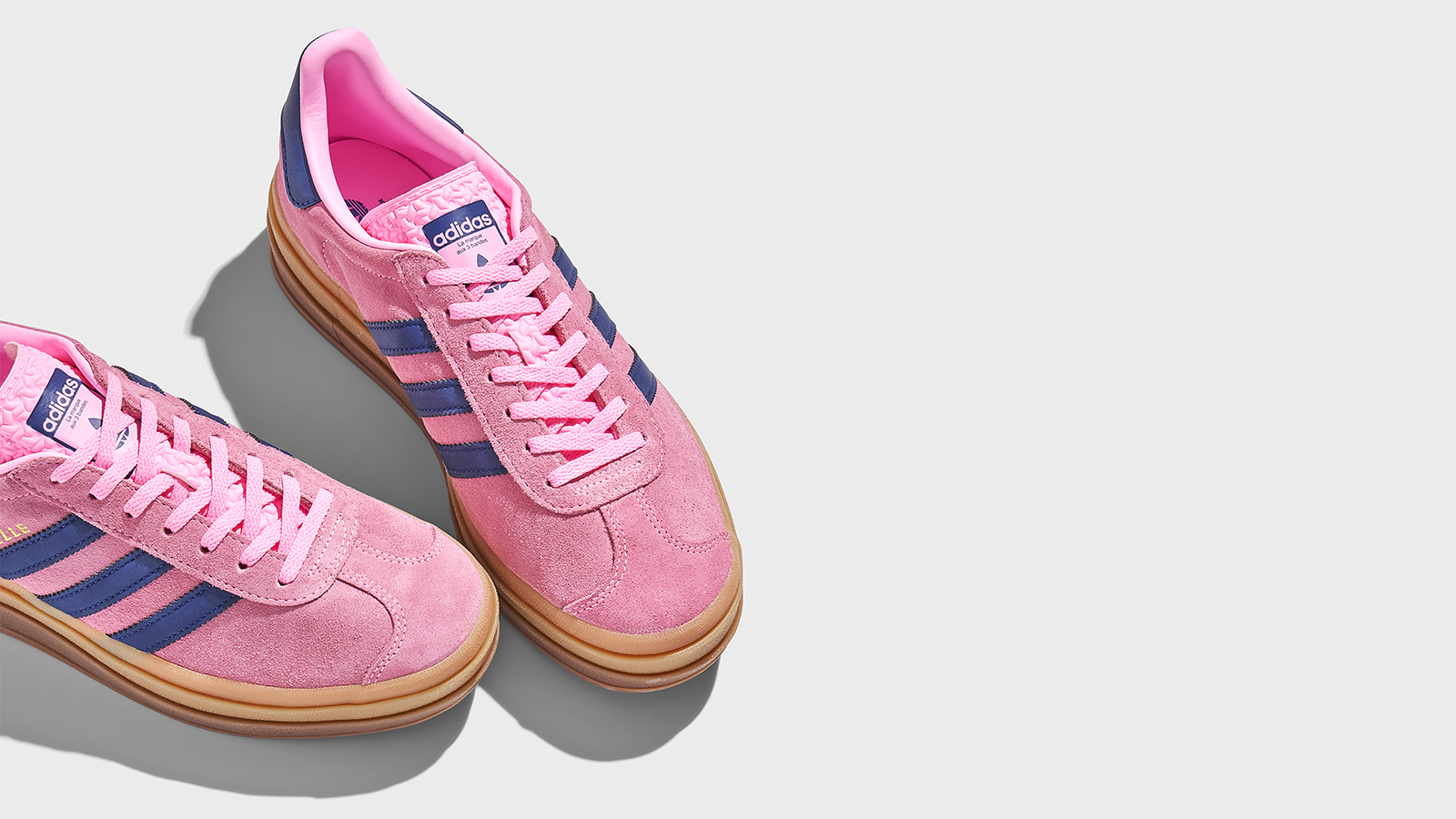Look at any trending sneakers from the past few years and they’ve all got one thing in common. From the New Balance 550, the Air Jordan 4 and the adidas Samba, all the most popular styles that people flock to are archival and retro inspired. Despite huge advancements in material and performance technologies, we keep coming back to styles from decades ago. Let’s explore why.
Nostalgia
Nostalgia is a powerful driver when it comes to style. Trend cycles are constantly mining the fashions of decades past and reintroducing them to an audience who either wasn’t there the first time around, or to those who have a comfortable familiarity that brings them into the fold. Same is true for our footwear choices.
The styles we wore in years past, usually formative years like adolescence or early adulthood, will always hold our attention thanks to the emotional link we’ve made with them. However when those styles begin to be rereleased, it’s often true that the early adopters are usually the ones who don’t have previous associations with the silhouettes. This allows them to show the shoes styled in more contemporary ways that can re-contextualise them and breathe new life into sneakers we might have previously decided to leave behind.
Timelessness
‘Retro’ is often used to refer to sneakers that have actually just been quietly existing for decades before being ‘discovered’ again. More often than not, the reason these shoes can still be worn 10, 20 even 50 years on from their initial release is that they’ve become less associated with their specific decade, and have gained the ‘timeless’ moniker.
No one would look at the adidas Samba and think that the design is something that belongs in the late 1950s, they’re minimal and low-key in terms of design, thanks in part to the era in which they were born meant that manufacturing of complex silhouettes like a lot of modern sneakers just wasn’t possible. This almost blank slate design means that they can be taken out of their original context and still work with very minor changes. This also allows current designers to add their own flair to the style, and make a pair of sneakers that is very specific to the current trend zeitgeist.
Reinventions of a monochromatic low-top Stan Smith gets given a bold and bright coat of paint by Raf Simons in 2018 when the brighter coloured sneaker trend lead the way, but in 2020 Grace Wales Bonner’s Samba collaborations are decidedly more focussed on detail and subtle ‘if you know you know’ elements, like crochet three stripes and laces, more in keeping with the more normcore and preppy leaning aesthetic that developed post pandemic lockdowns thanks in large part to brands such as Aimé Leon Dore. Even the Wales Bonner collaboration has been seeing a shift to a newer frontier of statement sneakers with 2023 seeing the release of a metallic option, and an upcoming full leopard print iteration shows another trend shift that the retro-styled sneakers from adidas are able to ride comfortably.
Iconic Associations
While the Air Jordan 4 is now seen as a retro, arguably timeless design, at the time of release it was the cutting edge of performance sportswear.
The design was daring, bold and innovative, as was the case with the previous three Air Jordan models. The AJ4 would have likely been a successful athletic sneaker had it not been shot to endless popularity thanks to the association and endorsement of Michael Jordan himself.
The AJ4 was able to make the leap from the court to culture and move beyond its initial use to become ubiquitous with the style of the era. Becoming a widespread favourite silhouette, the AJ4 is still a mainstay for many sneaker rotations thanks to the enduring legacy of the man they’re named for.
Similar stories are true for styles like the New Balance 992, made famous by the uniform dressing of Apple founder Steve Jobs, the Converse Chuck Taylor and grunge bands like Nirvana or even cultural associations like that of the adidas Samba, Spezial and Gazelle with terrace style and football.
These alignments with significant people and communities give the retro sneakers an added aspect of desirability and cultural significance that keeps us coming back to them.
Wearability & Versatility
Simple design and retro sneaker styles go hand in hand. This allows them to be easily worn in a casual, sportswear influenced style pioneered by cult brands like Palace, (who maintain a partnership with Vans), while also finding themselves fully embraced by luxury, high end brands with specific aesthetics. The likes of Gucci, who have lent their bold, maximalist flair to adidas’ Gazelle, Dior’s pared-back colour palette and Nike Air Jordan 1 (which boats staggering resale value) or even the gothic, avant garde designer Rick Owens and affordable classic Converse who have been collaborating for the past three years on an outsized, exaggerated version of the high top silhouette.
Being able to sit across seemingly endless touch points within fashion allows more retro-styled sneakers to become mainstays in almost any wardrobe, no matter your budget or personal dress sense.
Fashion is constantly looking to the past for inspiration, trends drift in and out of popularity almost like clockwork, with the ‘20 year cycle’ being fairly accurate at predicting what we’ll all be looking to next. With this year’s emergence of metallic colours and styles like Asics Gel-Kayano 14 (a true late 2000s style) becoming more and more popular and collaborated on, it seems that the next wave of retro sneakers will be coming straight out of Y2K. A whole new generation will get to see sneakers from their formative forays into fashion referred to as ‘retro’.



